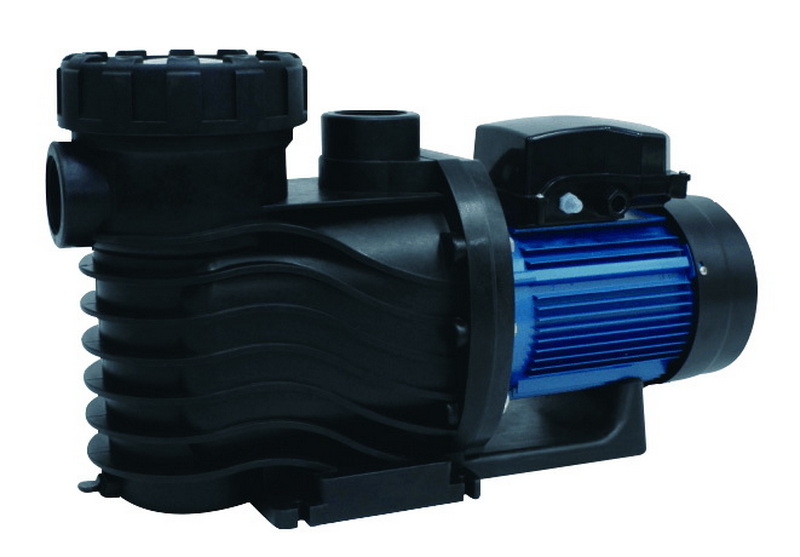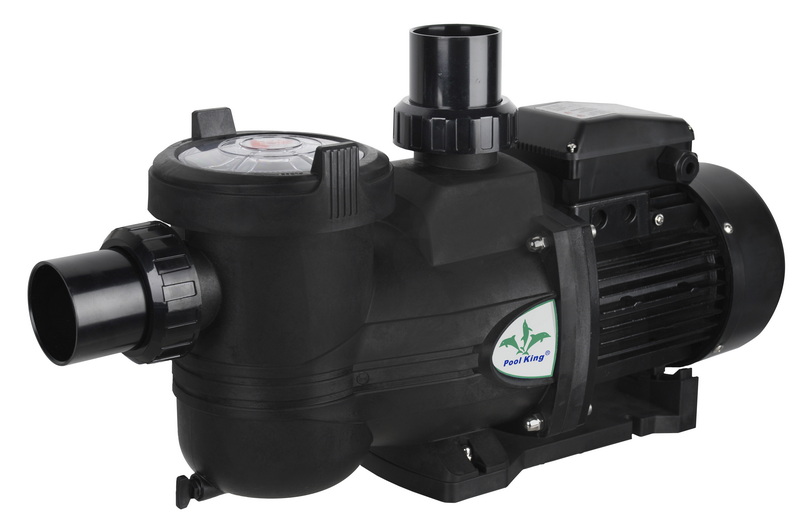Views: 222 Author: Tina Publish Time: 2025-11-04 Origin: Site








Content Menu
● What Determines Pool Pump Running Costs?
● Calculating Pool Pump Running Costs
>> Cost Formula
● Hourly, Daily, and Annual Pool Pump Costs
>> By Pump Type
>> By Pool Size (U.S. Data, 6 hours/day)
● Pool Pump Installation and Replacement Costs
● Practical Ways to Lower Pool Pump Costs
>> 1. How much does it cost to run a pool pump per hour?
>> 2. Do variable-speed pumps save money?
>> 3. How does pool size affect pump costs?
>> 4. Can I run my pump less often to save power?
>> 5. How do I calculate my specific pool pump cost?
Pool owners often wonder about the ongoing electricity costs required to keep their swimming pools clean and fresh. A pool pump is the central equipment for water circulation and filtration, ensuring proper pool hygiene but consuming substantial energy over time. The true cost to run a pool pump is dictated by several variables, including pump power, efficiency, usage hours, local electricity rates, and specific pool features. This guide explores these factors, provides cost calculation methods, expert tips, and visual materials for better understanding.

Pool pump running costs are not one-size-fits-all; they fluctuate with the following main drivers:
- Pump Horsepower and Wattage: Typical residential pumps are 1-2 HP (horsepower), consuming between 1,500 to 2,500 watts when running at full speed.[3][4]
- Usage Hours: Most pools require 6-12 hours of daily filtration, though this may differ depending on climate and pool type.[2]
- Electricity Rates: Power costs can vary from $0.10 to $0.40 per kWh; average in the U.S. is around $0.16/kWh.[1]
- Pump Efficiency: Modern variable-speed pumps use less energy than older single-speed models.[3]
- Pool Size and Filtration Needs: Larger pools and pools in active environments require more pump running time and energy.[2]
To estimate monthly pool pump costs, use:
Cost=Pump Power (kW)×Hours per day×Days per month×Electricity rate (per kWh)
For example, a standard 1.5 HP pool pump uses approximately 2,000 watts (2 kW). If run for 8 hours daily:
- Daily Energy Use: 2kW×8hrs=16kWh
- Cost at $0.16/kWh: 16kWh×$0.16=$2.56/day
- Monthly Cost: $2.56×30=$76.80/month[6][4][1][3]
1. Find pump wattage: Check device manual or label; if unsure, use 2,000W as a base.
2. Estimate daily use: Average is 8 hours/day for residential pools.
3. Find your electricity rate: Utility bill or national/regional average.
4. Calculate monthly cost: Use the formula above.

| Pump Type | Power Usage (Watts) | Cost per Month (8 hrs/day) | Annual Cost (8 hrs/day) |
|---|---|---|---|
| Single speed | 1,500-2,500 | $60-$200 | $720-$2,400 |
| Variable speed | 300-1,000 | $15-$60 | $180-$720 |
| Small/energy-saving | 500-1,000 | $20-$70 | $240-$840 |
| Pool Volume | Hourly Cost | Daily Cost | Summer Cost (90 days) |
|---|---|---|---|
| 34–54 KL | $0.16 | $0.98 | $88.65 |
| 55–72 KL | $0.18 | $1.10 | $99.00 |
| 73–90 KL | $0.24 | $1.42 | $121.50 |
| 91–108 KL | $0.29 | $1.74 | $277.34 |
| Over 109 KL | $0.51 | $3.08 | $216.00 |
Besides running costs, installing a new pool pump also involves up-front expenses.
- Average Installation Cost: $717–$877 (U.S., including materials & labor).[9]
- Upgraded Pumps: Extra features (timers, variable speed) raise prices.
1. Switch to a Variable-Speed Pump: These use less energy and cut monthly bills by over half.[3]
2. Run During Off-Peak Hours: Take advantage of cheaper electricity rates.
3. Optimize Pump Time: Avoid overfiltration; most pools don't need pumps running all day.
4. Regular Maintenance: Clean filters and piping to boost efficiency.
5. Consider Solar Generators: Solar power can supplement energy for eco-friendly operation.[1]
Operating a pool pump is a necessary investment in pool hygiene and safety, but the costs can add up quickly if not managed carefully. By understanding pump wattage, optimizing run time, using efficient models, and monitoring energy rates, pool owners can enjoy clean swimming water without breaking the bank. Variable speed pumps and informed usage strategies provide the best combination of performance and savings. For brand owners and large-scale users around the world, selecting reliable, energy-efficient pumps from top filter manufacturers—including our OEM solutions—ensures long-term satisfaction and sustainability.

A typical 1.5 HP single-speed pump costs about $0.30–$0.50 per hour depending on local rates.[2][7][3]
Yes. Variable-speed pumps can cut power bills by more than 50% because they operate at lower wattages and speed settings.[3]
Larger volumes require higher-powered pumps and longer run times which increase monthly operating costs.[2]
Absolutely. Most pools only need filtration for 6–8 hours daily. Reducing run time can safely decrease electricity use and cost.[10][2]
Find the wattage on your pump, multiply by run hours/day, divide by 1,000 (to kWh), then multiply by your utility's electricity rate.[6]
[1](https://www.jackery.com/blogs/knowledge/how-much-it-costs-to-run-a-pool-pump)
[2](https://www.canstarblue.com.au/home-garden/pool-pump-running-costs/)
[3](https://electricityplans.com/variable-speed-pool-pump-vs-standard-pool-pump/)
[4](https://www.agwayenergy.com/blog/how-much-electricity-does-a-pool-pump-use/)
[5](https://www.reddit.com/r/pools/comments/wel0ek/cost_to_run_pool/)
[6](https://blog.fpuc.com/how-to-calculate-monthly-pool-pump-costs-for-your-home)
[7](https://www.youtube.com/watch?v=7UUX7LGZ3wI)
[8](https://www.angi.com/articles/cost-to-run-pool-pump.htm)
[9](https://homegnome.com/blog/cost/pool-pump-installation-price/)
[10](https://www.facebook.com/groups/hipbaxter/posts/1563830687654119/)
[11](https://www.directpoolsupplies.com.au/blogs/pool-general/pool-running-costs)
[12](https://www.energybot.com/energy-usage/pool-pump.html)
[13](https://www.sustainability.vic.gov.au/energy-efficiency-and-reducing-emissions/save-energy-in-the-home/reduce-pool-pump-costs-at-home)
[14](https://www.facebook.com/groups/637529959937311/posts/2257664941257130/)
[15](https://intheswim.com/blog/costs-of-running-a-pool-pump.html)
[16](https://www.sa.gov.au/topics/energy-and-environment/using-saving-energy/swimming-pools-and-spas)
[17](https://www.reddit.com/r/swimmingpools/comments/1bhciz1/watts_used_by_regular_pool_pump_versus_variable/)
[18](https://www.shutterstock.com/search/pool-pump)
[19](https://www.youtube.com/watch?v=SKbIfHbWBgQ)
[20](https://www.facebook.com/groups/637529959937311/posts/2593887510968203/)
